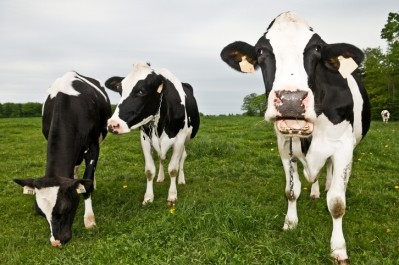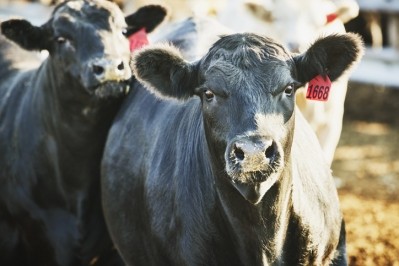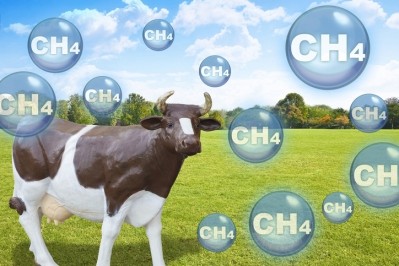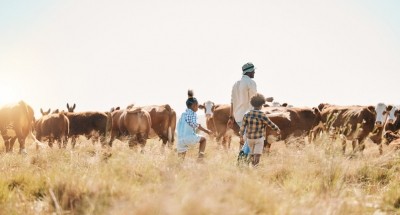US: Rye could be ‘partial replacement’ for corn cattle feed
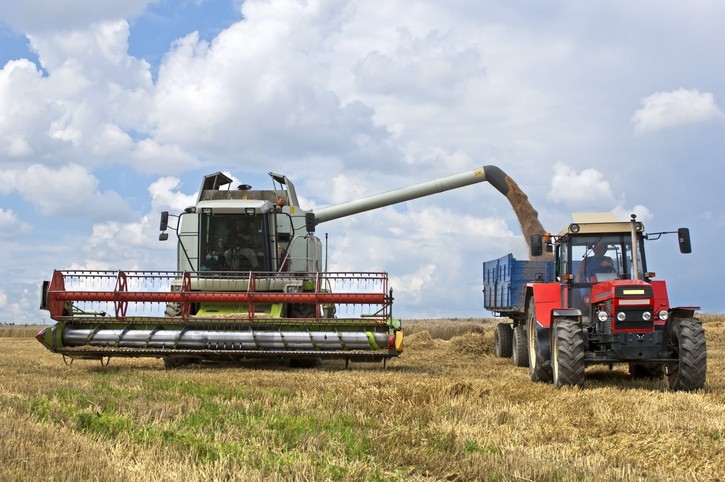
South Dakota State University Extension has been researching the benefits of introducing hybrid rye to feeder cattle and backgrounding diets. The investigation looked at substituting the rye for corn, which is the main staple of cattle feed in the US.
The research used 240 Angus-cross steers with an 890-pound shrunk initial weight. They were fed a variety of diets from a base diet containing 60% dry-rolled corn, plus modified distillers, corn silage, and supplement and then diets that replaced one-third of the corn with rolled rye (20:40); two-thirds of the corn (40:20) and all the corn using rye as the sole grain source (60:0).
It measured performance through a variety of means including weighing the cattle every 28 days, measuring feed intake, and collecting carcass composition data.
“We found through the whole course of the feeding study if we replaced a third of the corn with rye there was no difference in performance between the two which was quite surprising. If we look at the book values of rye it should be a little lower in energy,” Warren Rusche, assistant professor & SDSU Extension feedlot management specialist, who led the research, told FeedNavigator.
However, the research found that while the steers continued to eat the rye as an alternative to corn when the feeding cycle hit around 45 to 55 days anything over 40% rye would see a drop in feed intake.
Why that was an issue is still not altogether clear, said Rusche. In another more recent study, which has not yet been published, it looked at feeding a higher rate of rye earlier in the cycle. “In that case that didn’t work either. We think there is a practical limit to how much can be included in the diet at least the way we are feeding it,” he confirmed.
Crop rotation benefits
Rusche said there were advantages of incorporating rye into a crop rotation as it offered better financial yield and agronomic benefits for farmers. Plot data from the SDSU Southeast Research Farm near Beresford showed that adding a third crop to a corn-soybean rotation increased corn yield by up to 20%, with small increases in soybean yield.
“Rye is price competitive and usually sold at a price discount to corn. In our view, if you have this available you can substitute some of this for corn to lower the cost of the diet and lower cost to gate,” he said.
“Adding this additional crop into a corn and soybean rotation does a lot of great things and helps with weed control and breaks up pest cycles.”
The rye also provides additional benefits as it provides straw for bedding or feed, spreads out workload and labour requirements for harvesting, and increases the time to spread manure.
